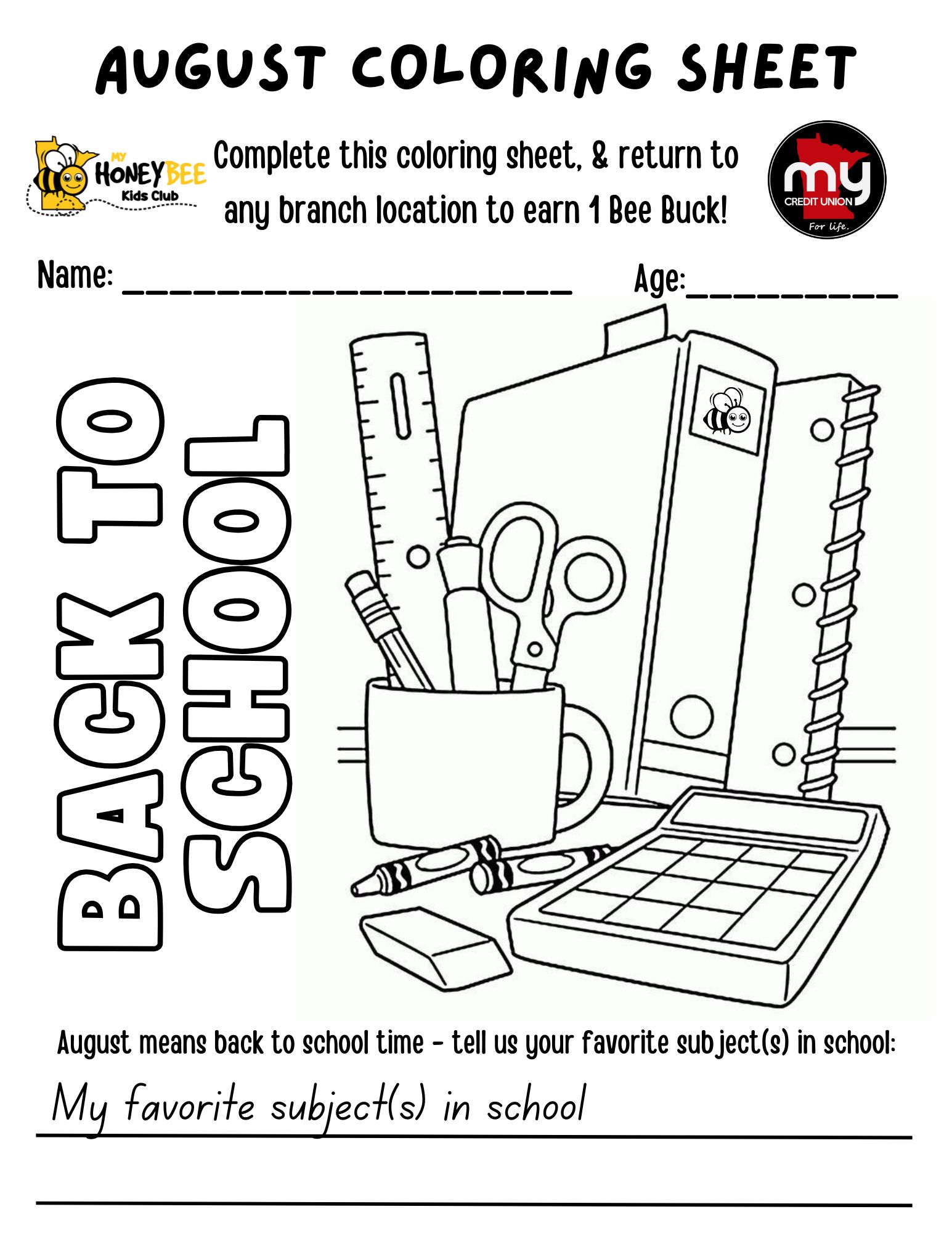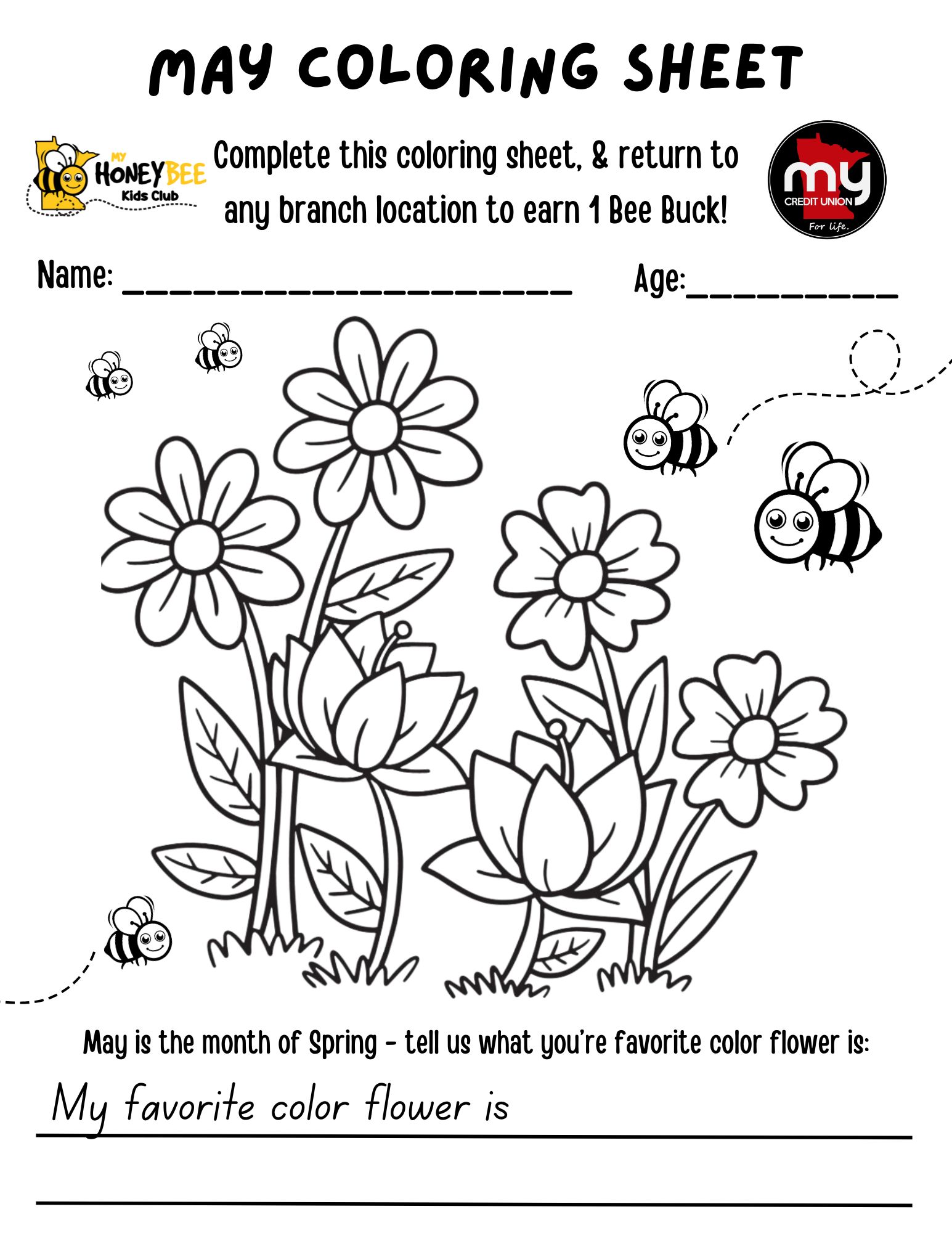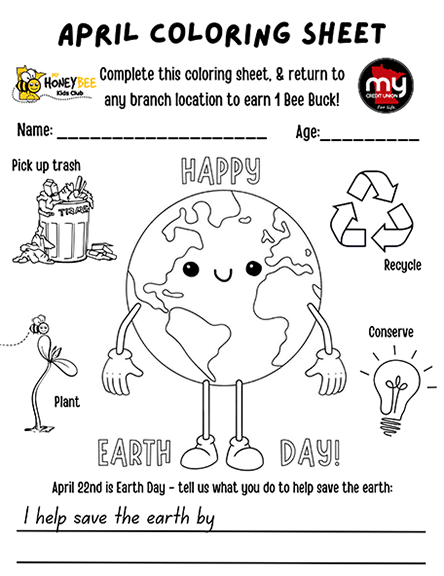Links from the MY CREDIT UNION web site to other websites are provided solely as a convenience to visitors. If you use these links, you will leave the MY CREDIT UNION website.
The Credit Union does not have any responsibility or control over any of these external websites, their content or their privacy policies. We do not endorse or make any representations about third-party external websites, including any information, products, materials or results that may be obtained from using them.
If you decide to access any of the third-party websites linked to our website, you do this entirely at your own risk.















